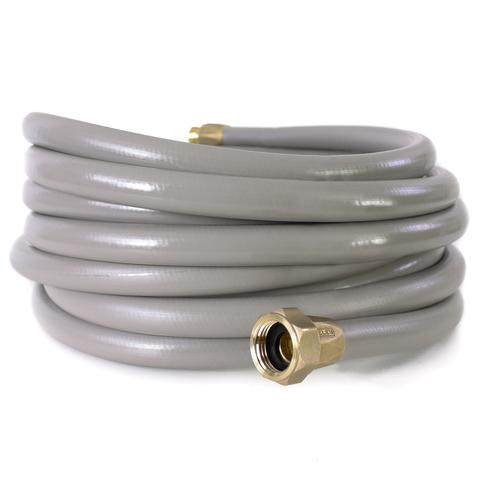Yes, we know that snow is still falling on parts of the country. However, the first day of Spring is only 4 days away and it's not too early to start making plans for a healthy, lush yard for the year. Here are five tips to help you get you started.

Tip #1 - Clean up any debris. Rake and mow to pick up any leftover leaves on your grass and in your plant beds. They need proper sunlight, air, and water to help them grow. I also don’t like to wait too long in my flower beds to start cleaning especially regarding my Hosta’s. If I wait too long, I can damage their delicate foliage with my rake.
Tip #2 - Mow your yard. This will help to the stimulate the root system. Raking does the same. Mow short to reduce any weed growth now… but raise your blade during the summer so it helps shade the roots when the summer heat kicks in.

Tip #3 - Dethatch. Over time little pieces of grass die and gather above the soil. Some are fine because it breaks down by microbes in the soil but if it builds up too fast, the natural process to break it down prevents moisture and air from reaching the grass. If you have a ½” or more, it can weaken your lawn. Using a rake (for small areas) or a dethatching machine works well. You can rent one at a hardware or big box store for $50 for 4 hours or $70 for all day. I don’t detach every year; only when I see that it has gotten too thick.
Video By PennyGreen Landscaping: How to properly Thatch / Aerate / Seed your lawn

Tip #4 - Aerate. An aeration machine, which you can rent from hardware stores or home centers, pulls plugs out of the soil. These plugs are left to break down into the lawn. Aerating is considered a great method to help water and air reach the roots of your grass. I don’t necessarily dethatch every year, but I do like to aerate twice a year, in the Spring and Fall. How often you need to aerate will depend on your soil type.
Tip #5 - Apply Crabgrass Preventer/Fertilizer. Once you have gotten the grass and soil prepared, you will need to put down some crabgrass prevention that also includes fertilizer. Before the weather turns warm and soil temps reach above 55°F, the weed seeds start sprouting. Using your premium-quality Eley garden hose and watering tools, (of course), be sure to water in thoroughly. Once this is done, do not disturb the top of the soil or it negates the weed barrier that the crabgrass prevention has created after being watered in. Of course, if you plan on reseeding or overseeding your grass, you'll want to skip this step. If the crabgrass preventer stops weed seeds, it will also stop grass seeds from sprouting. This is why grass seeding is usually recommended as a Fall activity.
So, in summary, rake, detach, clean up, aerate, and apply crabgrass preventer that contains fertilizer. Somewhere in there, you might have to overseed or reseed if your yard has sparse grass. If someone comes back and uses a rake after you put your preventer down, you will need to retreat. Do these 5 steps and you'll be off to a great start of a healthy green lawn this year.
Here are more video links I found that show how to green up a sparse yard:
Videos By This Old House:How to Fix a Patchy, Weedy Lawn & How to Revive a Brown Lawn
























































